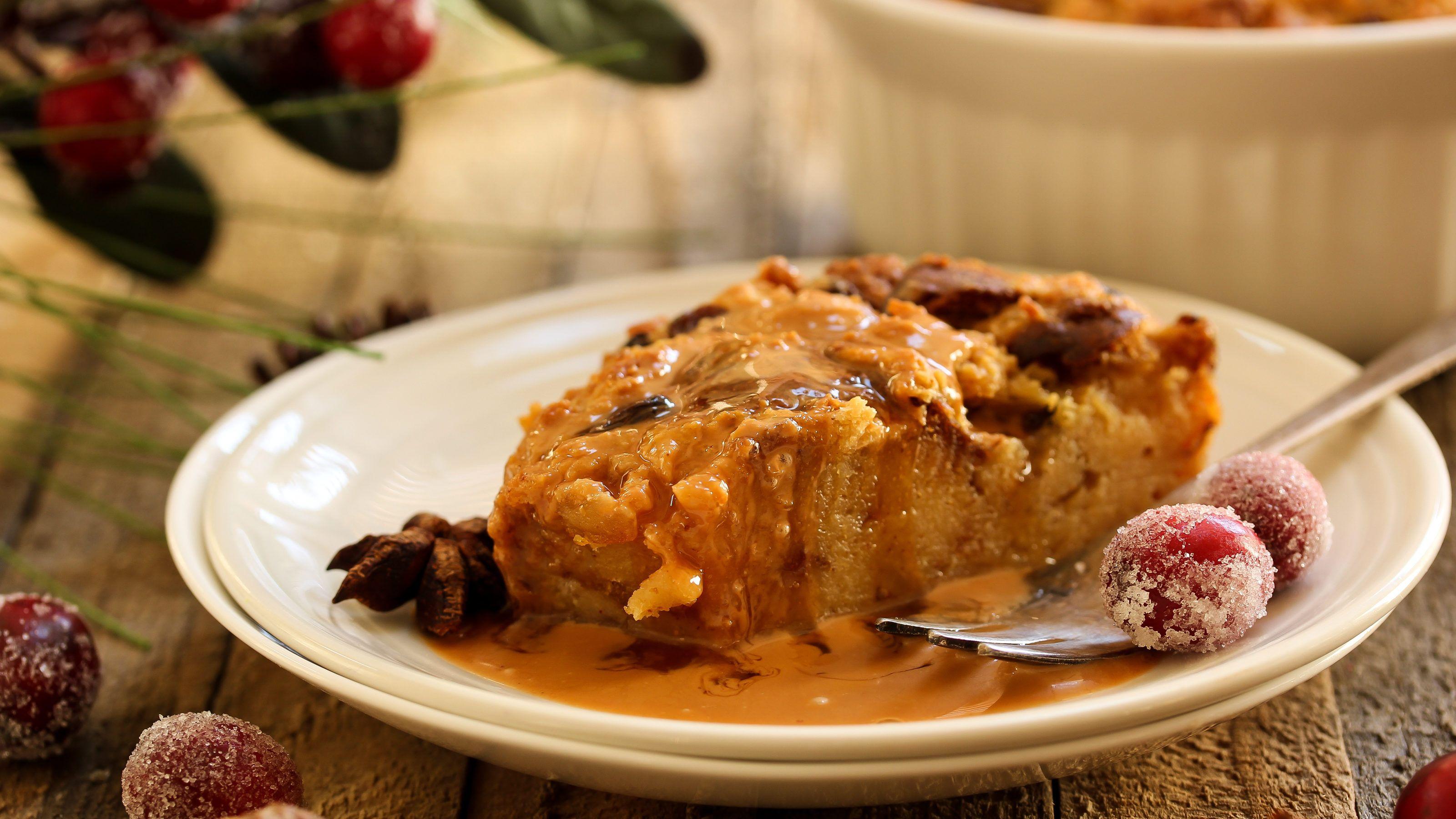Traditional Ba Bao Fan – Authentic Chinese Dessert Explained

Among the many classic Chinese desserts, Traditional Ba Bao Fan holds a special place. Known in Mandarin as 八宝饭, which translates to “Eight Treasures Rice Pudding,” this dish is a staple in Chinese cuisine, especially during celebrations like the Lunar New Year. Made from glutinous rice and adorned with an array of sweet and nutty toppings, it is both visually appealing and rich in symbolism. The term “eight treasures” refers to the mixture of ingredients used, which represent prosperity, happiness, and good fortune. You can find an authentic recipe here:n Traditional Ba Bao Fan
This dessert is more than just a sweet treat. It reflects Chinese culture, culinary traditions, and the values of togetherness that are passed down through generations.
The Historical Roots of Ba Bao Fan
Ba Bao Fan traces its origins back to imperial China. Historical records suggest it was first prepared for the emperors of the Qing dynasty. Over time, it spread from the royal courts to households across the country.
-
Symbolism of Eight: In Chinese culture, the number eight is considered lucky because its pronunciation sounds similar to the word for wealth and fortune.
-
Cultural Significance: The dessert became a fixture of family gatherings, used to mark special occasions where wishes for prosperity and harmony were shared.
-
Regional Variations: Different regions of China adapted the recipe by incorporating local dried fruits, nuts, and sweeteners.
The longevity of Ba Bao Fan speaks to its ability to merge cultural symbolism with culinary satisfaction.
Core Ingredients of Ba Bao Fan
The hallmark of Ba Bao Fan lies in its ingredients. Although variations exist, a few staples remain constant.
-
Glutinous Rice: This forms the base, providing a chewy texture.
-
Dried Fruits: Dates, raisins, and apricots add sweetness.
-
Nuts and Seeds: Walnuts, almonds, lotus seeds, and sesame bring crunch and balance.
-
Red Bean Paste: A traditional filling that offers rich flavor.
-
Sugar Syrup or Honey: Used to bind and sweeten.
Together, these elements create a dessert that is both nourishing and symbolic. Each component is carefully chosen not only for flavor but also for its auspicious meaning.
How Ba Bao Fan is Traditionally Prepared
The process of preparing Ba Bao Fan involves patience and precision. Families often prepare it during festivals as a communal activity.
-
Soaking the Rice: The glutinous rice must be soaked for several hours to achieve the right consistency.
-
Arranging the Toppings: Dried fruits and nuts are carefully arranged in a decorative pattern at the bottom of a mold.
-
Steaming the Dish: The soaked rice, often mixed with sweet red bean paste, is layered over the toppings and steamed until tender.
-
Serving: Once steamed, the dish is inverted onto a plate, revealing the decorative toppings on top.
This preparation process not only results in a visually stunning dessert but also reflects the cultural value placed on care and detail.
Flavor Profile and Texture
Ba Bao Fan stands out for its unique combination of textures and flavors.
-
Chewy Rice Base: Provides substance and contrast.
-
Sweet and Tangy Fruits: Add brightness and depth.
-
Nutty Crunch: Offers balance and richness.
-
Red Bean Paste: Gives earthy sweetness.
The result is a dessert that appeals to multiple senses at once. The vibrant colors, fragrant aroma, and satisfying texture all contribute to its lasting appeal.
Ba Bao Fan During Celebrations
This dessert is not just food. It is tradition. During the Lunar New Year, families gather around the table and enjoy Ba Bao Fan as part of the festive feast.
-
New Year Symbolism: Eating it is believed to bring good luck for the year ahead.
-
Weddings and Festivals: It is also served during weddings and harvest festivals as a wish for prosperity and family harmony.
-
Modern Interpretations: Some chefs add creative touches like chocolate or exotic fruits, blending tradition with contemporary tastes.
Despite modern variations, the essence of Ba Bao Fan remains rooted in its symbolism and cultural importance.
Nutritional Value of Ba Bao Fan
Though sweet, Ba Bao Fan also carries nutritional benefits.
-
Glutinous Rice: Provides energy-rich carbohydrates.
-
Dried Fruits: Supply vitamins and natural sugars.
-
Nuts and Seeds: Add protein, healthy fats, and minerals.
-
Red Bean Paste: Offers fiber and plant-based protein.
While often seen as indulgent, it balances taste with nourishment. However, due to its sugar content, it is best enjoyed in moderation.
Regional and Modern Variations
Across China, Ba Bao Fan takes on many forms.
-
Northern China: More nuts and seeds are used, creating a hearty texture.
-
Southern China: Versions lean toward lighter, fruit-focused toppings.
-
International Variations: In overseas Chinese communities, local ingredients like cranberries, pistachios, or mangoes are incorporated.
-
Contemporary Takes: Modern chefs experiment with plating techniques and innovative flavors to attract younger audiences.
These adaptations show the resilience and flexibility of the dish while maintaining its cultural roots.
Pairing Ba Bao Fan with Drinks
The dessert pairs well with both traditional teas and modern beverages.
-
Chinese Tea: Jasmine or green tea cuts through the sweetness and refreshes the palate.
-
Sweet Rice Wine: Enhances the flavor of the glutinous rice.
-
Modern Beverages: Coffee or milk tea pairs surprisingly well.
-
Herbal Drinks: In many households, Ba Bao Fan is enjoyed with herbal cordials, such as variations seen in recipes like Herbal Cordial Recipe with Alcohol.
This combination of dessert and drink creates a balanced culinary experience.
The Symbolism Behind Each Ingredient
Every element in Ba Bao Fan carries meaning beyond flavor.
-
Lotus Seeds: Represent fertility and family continuity.
-
Red Dates: Symbolize prosperity and vitality.
-
Longan Fruit: Associated with good fortune.
-
Peanuts: Represent longevity and health.
-
Sesame Seeds: Stand for abundance.
This symbolic layering elevates Ba Bao Fan from a dessert to a cultural expression of wishes and blessings.
Why Ba Bao Fan Endures in Chinese Cuisine
The continued popularity of Ba Bao Fan lies in its ability to connect people with tradition while remaining versatile.
-
Cultural Continuity: Families continue to prepare it as a way of passing traditions to younger generations.
-
Visual Appeal: Its presentation makes it ideal for celebrations and gatherings.
-
Adaptability: The recipe allows room for creativity while keeping the essence intact.
The dish thus remains timeless, balancing respect for heritage with openness to evolution.
Tips for Preparing Ba Bao Fan at Home
For those wanting to make Ba Bao Fan at home, a few practical tips can make the process easier.
-
Soak Rice Overnight: This ensures proper steaming.
-
Use a Heatproof Bowl or Mold: It helps in easy unmolding after steaming.
-
Choose Quality Dried Fruits: Fresh, plump fruits make a big difference.
-
Balance Sweetness: Do not overload with sugar, as the fruits already add natural sweetness.
-
Decorative Arrangement: Take time to place toppings neatly, as appearance is part of the charm.
These steps help replicate the authentic experience in your kitchen.
Ba Bao Fan in Modern Food Culture
In today’s food culture, where traditional and modern often collide, Ba Bao Fan has found its place.
-
Restaurants Worldwide: Many Chinese restaurants now serve Ba Bao Fan to highlight traditional cuisine.
-
Food Festivals: It is often showcased as a symbol of Chinese culinary heritage.
-
Social Media Influence: Pictures of this vibrant dessert gain attention due to its aesthetic appeal.
The dish has successfully transitioned from a cultural tradition to a global culinary icon.
Conclusion
Ba Bao Fan is more than a dessert. It is a cultural artifact, a celebration of flavors, and a reminder of Chinese traditions that emphasize harmony, prosperity, and family bonds. From its imperial origins to its place in modern kitchens, Ba Bao Fan continues to hold relevance and appeal.
Whether enjoyed at Lunar New Year or made at home for a family gathering, this dessert bridges generations and brings people together. Its symbolism, combined with its delightful taste and texture, ensures that Ba Bao Fan will continue to be cherished for centuries to come.







